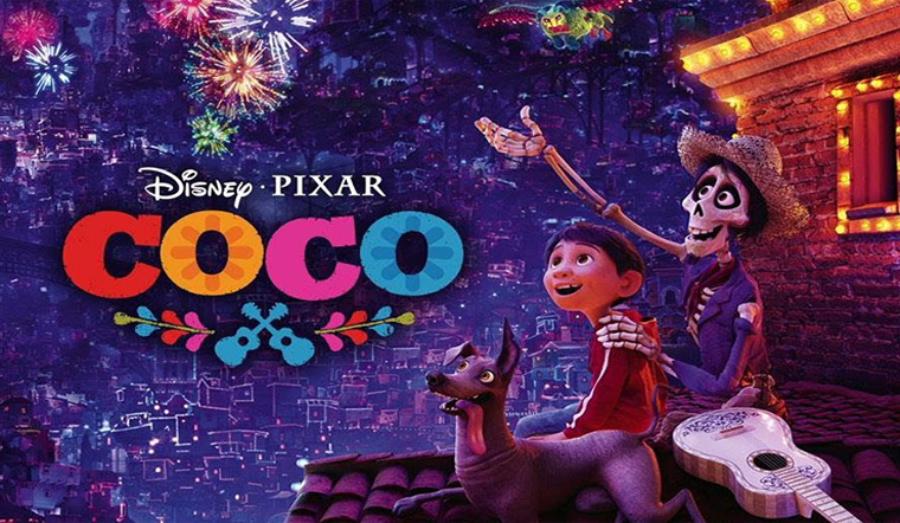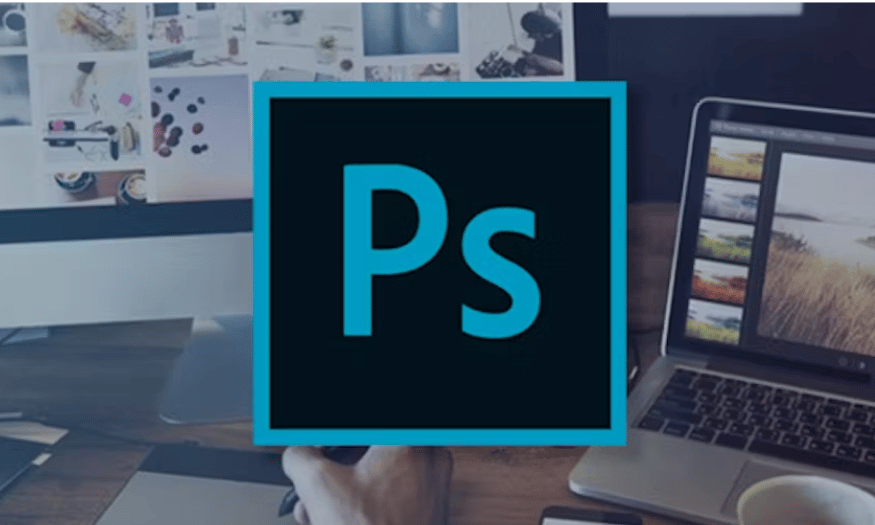Best Selling Products
Discover the Unique Visual Language Through Pixar Animation: The Power of Frames
Nội dung
- 1. What is Visual Language?
- 2. Pixar: The Perfect Blend of Art and Technology
- 3. Elements of Pixar's Visual Language Color: Emotion Through Every Shade
- 3.1 Shot Structure: Creating Space and Guiding Emotion
- 3.2 Shape and Symbolism: Creating Highly Iconic Characters
- 4. Visual Language Techniques in Pixar Films
- 4.1 Using 3D Techniques to Create Depth and Realism
- 4.2 Using Emotions to Tell Stories
- 5. The Impact of Visual Language on Viewers
- 6. Conclusion
Explore the visual language of Pixar's animated films. From 3D graphics to animation techniques, learn how Pixar uses images to convey powerful emotions and stories.

Pixar, one of the world's most famous animation studios, has left a deep impression on viewers not only with its touching stories but also thanks to its ability to use sophisticated visual language. From the smallest details to the macro shots, Pixar has created films that are not only entertaining but also works of art. In this article, sadesign will help you better understand the visual language in Pixar animation. And how this studio has used it to convey emotions and messages in its blockbuster films.
1. What is Visual Language?
Visual language is a system of symbols, colors, shapes, and other visual elements used to convey a message or emotion without using words. In the field of cinema, visual language is the primary tool filmmakers use to tell a story, from the way a scene is set to the details within each frame. In animation, visual language becomes even more important, as every movement, expression, or composition in a scene contributes to the message the film is trying to convey.
.jpg)
This is a form of non-textual language, often applied in many fields such as graphic design, visual arts, advertising and communication. Visual language not only helps viewers easily receive information but also creates a strong emotional connection, because it has the ability to overcome language and cultural barriers. The effective use of visual language requires an understanding of visual psychology, creativity and the ability to arrange visual elements in a harmonious and meaningful way.
2. Pixar: The Perfect Blend of Art and Technology
Pixar is one of the pioneering studios in using 3D technology to create deep and sophisticated animation works. It is known as a leading icon in the entertainment industry, where creative art and advanced technology blend perfectly. With a unique combination of modern computer graphics techniques and emotional storytelling ability, Pixar has created classic works that touch the hearts of millions of audiences around the world.
Pixar films like Toy Story , Finding Nemo , The Incredibles , and Up are loved not only for their stories, but also for the way they use visual language to create worlds and develop characters.
One of the key factors that makes Pixar successful is the ability to perfectly combine graphic technology and visual art. The frames in Pixar movies are not only beautiful but also very meaningful, each detail is designed to express the message and emotion of the character.
The company's success comes not only from its talented artists but also from its application of cutting-edge technology, making each film a living masterpiece. Pixar is not just an animation studio but also a testament to the power of creativity and innovation in the digital age.
3. Elements of Pixar's Visual Language Color: Emotion Through Every Shade
Color is one of the most important elements in visual language. Pixar uses color not only to create a beautiful visual space, but also to express the mood, emotions of the characters and situations in the story.
(1).jpg)
For example, in Inside Out , each character representing an emotion of Riley – the main character – has a characteristic color: "Joy" is bright yellow, "Sadness" is blue, "Fear" is light purple, "Disgust" is green, and "Anger" is red. These colors not only help viewers easily identify the characters, but also help visually convey different emotional states.
3.1 Shot Structure: Creating Space and Guiding Emotion
Another aspect of Pixar’s visual language is how they create space and frame their shots. The scenery in Pixar films is not just a backdrop, but an important part of the story. By adjusting elements like lighting, object scale, and spatial arrangement, Pixar is able to create dramatic shots that feel just right to the viewer.
In Ratatouille , the colorful and detailed kitchen scenes not only bring the space to life but also reflect the personalities of the characters. The scenes of the food, the way it is prepared and the meticulous care from the chefs are all designed by Pixar so that viewers can feel the sophistication in the art of cooking.
3.2 Shape and Symbolism: Creating Highly Iconic Characters
Pixar also pays great attention to the shapes of the characters, from small details like eyes, smiles, to body proportions. The characters are often designed with simple but expressive shapes, helping viewers easily recognize their personalities and emotions. Characters in movies like Toy Story , Monsters, Inc. or The Incredibles all have very distinctive shapes, easy to recognize but also very lively.
.jpg)
By using shapes, body proportions, and facial features, Pixar has succeeded in creating characters whose psychology and motivations for action are understood without much dialogue.
4. Visual Language Techniques in Pixar Films
The visual language techniques used in Pixar films play an important role in conveying emotions, meanings and messages to the audience. Pixar is famous for its ability to combine color, light, camera angles and movement to create emotional and artistic frames.
4.1 Using 3D Techniques to Create Depth and Realism
Every detail in the image, from character expressions to the surrounding environment, is meticulously designed to support the story and highlight the core elements. One of the key factors that makes Pixar successful is the ability to create vivid 3D worlds. 3D technology not only helps Pixar bring spectacular scenes but also creates depth in each frame. In Toy Story , the characters not only have spatial depth but also psychological depth, shown through the way light falls on objects, or small details like shadows.
4.2 Using Emotions to Tell Stories
Techniques like using lighting to create mood, color schemes to evoke a specific feeling, or using space and composition to emphasize relationships between characters are all Pixar's signature methods. These elements not only enhance the aesthetic, but also help the audience connect with the story and feel the depth of each moment in the film.
.jpg)
Pixar not only creates compelling stories but also focuses on conveying emotions through images. The scenes are not simply beautiful images but also touching moments, reminiscent of friendship, family, or maturity.
In Up , the opening scene uses a wonderful combination of images and music to convey a story of love and loss. Without much dialogue, just through the frames of Carl and Ellie's life, viewers can feel the joy, sadness and deep love they have for each other.
5. The Impact of Visual Language on Viewers
Pixar's visual language is not just about "beautifying" the film, but also plays an important role in connecting viewers to the characters and story. It plays an important role in conveying messages and influencing viewers.
Every detail, every visual element is carefully calculated to ensure that the audience can feel the profound messages that the film wants to convey. From the first frame to the last scene, Pixar's visual language has helped their films surpass the boundaries of conventional animation and become works of art.
With their ability to stimulate the visual senses, images not only help attract attention but also contribute to increasing the ability to remember information. Every element in visual language, from color, light, composition to expression, can have a powerful impact on the viewer's emotions and perceptions.
Especially in the digital age, when information is overwhelming and human attention spans are decreasing, the effective use of images has become a strategic tool for communication and persuasion. Therefore, understanding how visual language affects the psychology and behavior of viewers is essential for communicators, marketers and content creators.
6. Conclusion
Pixar has proven that visual language is not just an aesthetic element but also a powerful tool to convey emotions and stories. With the perfect combination of technology, art, and creativity, Pixar has created films that are not only entertaining but also deeply emotional and meaningful. It is the exquisite visual language that helps Pixar deeply connect with viewers and create timeless cinematic works.












































